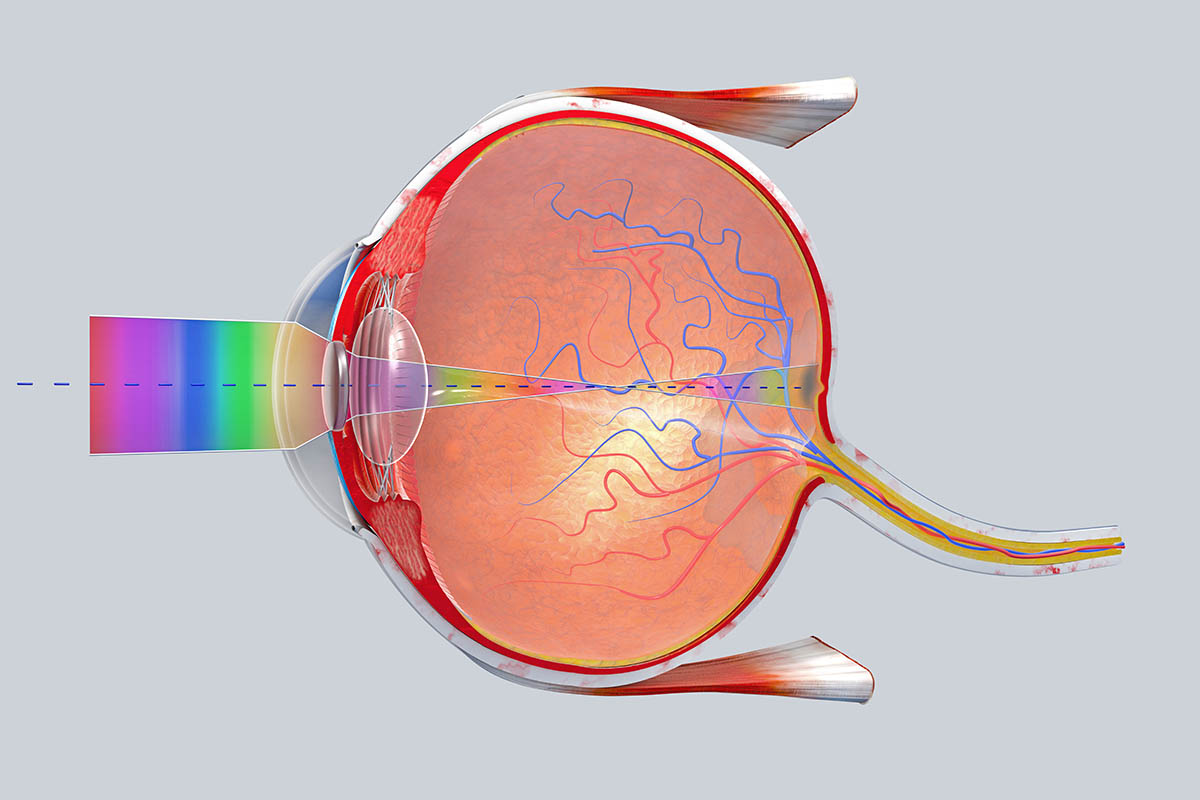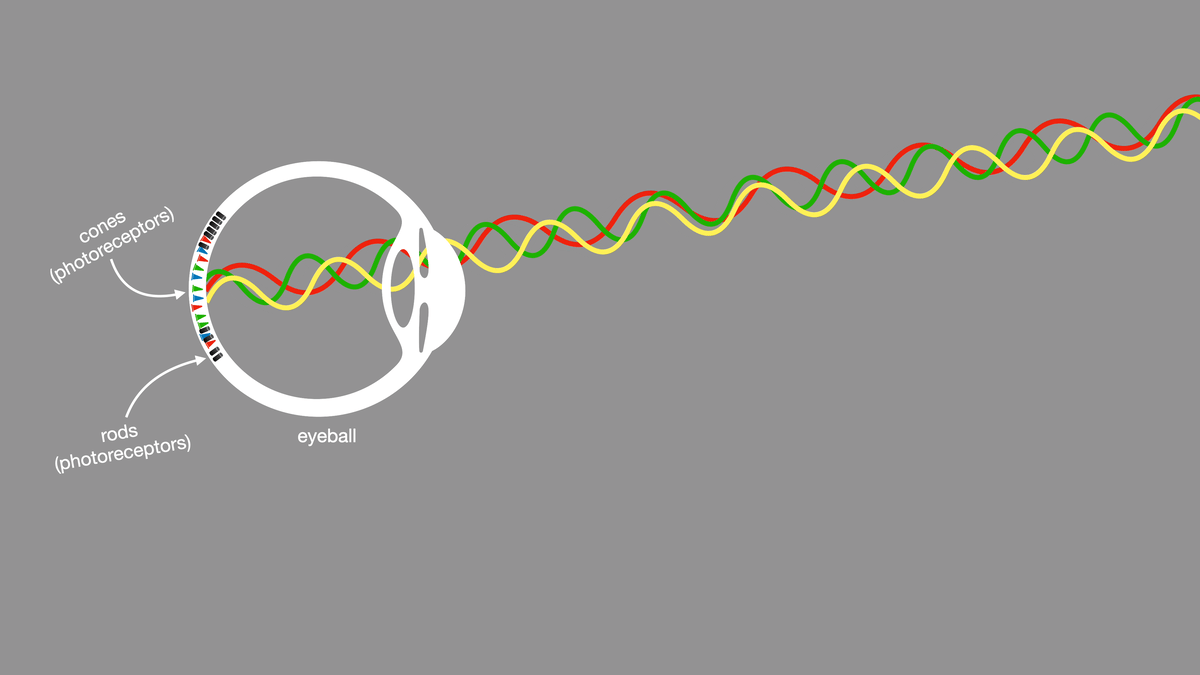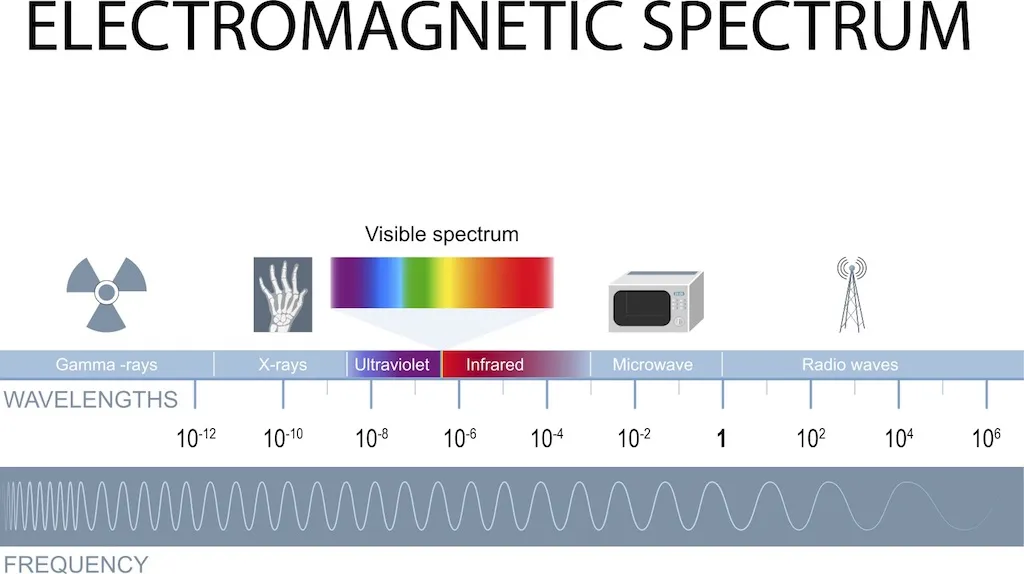How your eyes and brain process incoming light¶
Before we talk about digital images, let's get a basic understanding of how your eyes and brain work together to process light.
 https://medicine.wustl.edu/news/scientists-map-how-human-retinal-cells-relay-information-to-brain/
https://medicine.wustl.edu/news/scientists-map-how-human-retinal-cells-relay-information-to-brain/
The basic process by which humans see is,
- Light enters the eye through the cornea and then passes through the lens.
- Light travels through a transparent jelly / liquid until it hits the retina at the back inner wall of the eye.
- Light hits photoreceptors on the retina that convert the incoming light into electric signals.
- Those electric signals travel from your retina to your brain via the optical nerve .
- Your brain transforms, or rather perceives, those electrical signals as an image.
Want to get a better grasp on the internals of an eyeball?
Search eyeball dissection on YouTube.
Having seen a lot of eyeball drawings and diagrams, I can tell you there's nothing quite like watching a dissection of the real thing. It's eye opening 🤭
Fun Fact
Cameras adjust focus by moving their lens backward and forward. Human eyes, however, adjust focus by stretching and loosening their lens to be thicker or thinner.
Photoreceptors¶
Light is a form of electromagnetic radiation. Electromagnetic radiation travels in waves like ripples in pond. When these waves travel into your eye and hit your retina, they activate photoreceptors that in turn tell your brain about the incoming light.

Photoreceptors come in two varieties: rods and cones.
Rods¶
Rods are highly sensitive to light and help you see in the dark.
- A typical retina has ~120 million rods.
- Most rods exist around, but not in, the fovea. As a consequence, rods aid in your peripheral vision.
Cones¶
Cones help your see color.
- A typical retina has ~6 million cones.
- Most cones are densely packed inside the fovea.
- There are three types of cones: short, medium, and long.
- Short cones respond to wavelengths around 420 nanometers. Your brain interprets these signals as the color blue.
- Medium cones respond to wavelengths around 535 nanometers. Your brain interprets these signals as the color green.
- Long cones respond to wavelengths around 565 nanometers. Your brain interprets these signals as the color red.
Color is just an illusion
Hopefully it's clear that color is, in a sense, an illusion. When you see a pink flower, realize that it's just light bouncing off an object and into your eyeballs with specific wavelengths that activate specific cones. Your brain makes up the color pink as a way to interpret that specific set of electric pulses.
